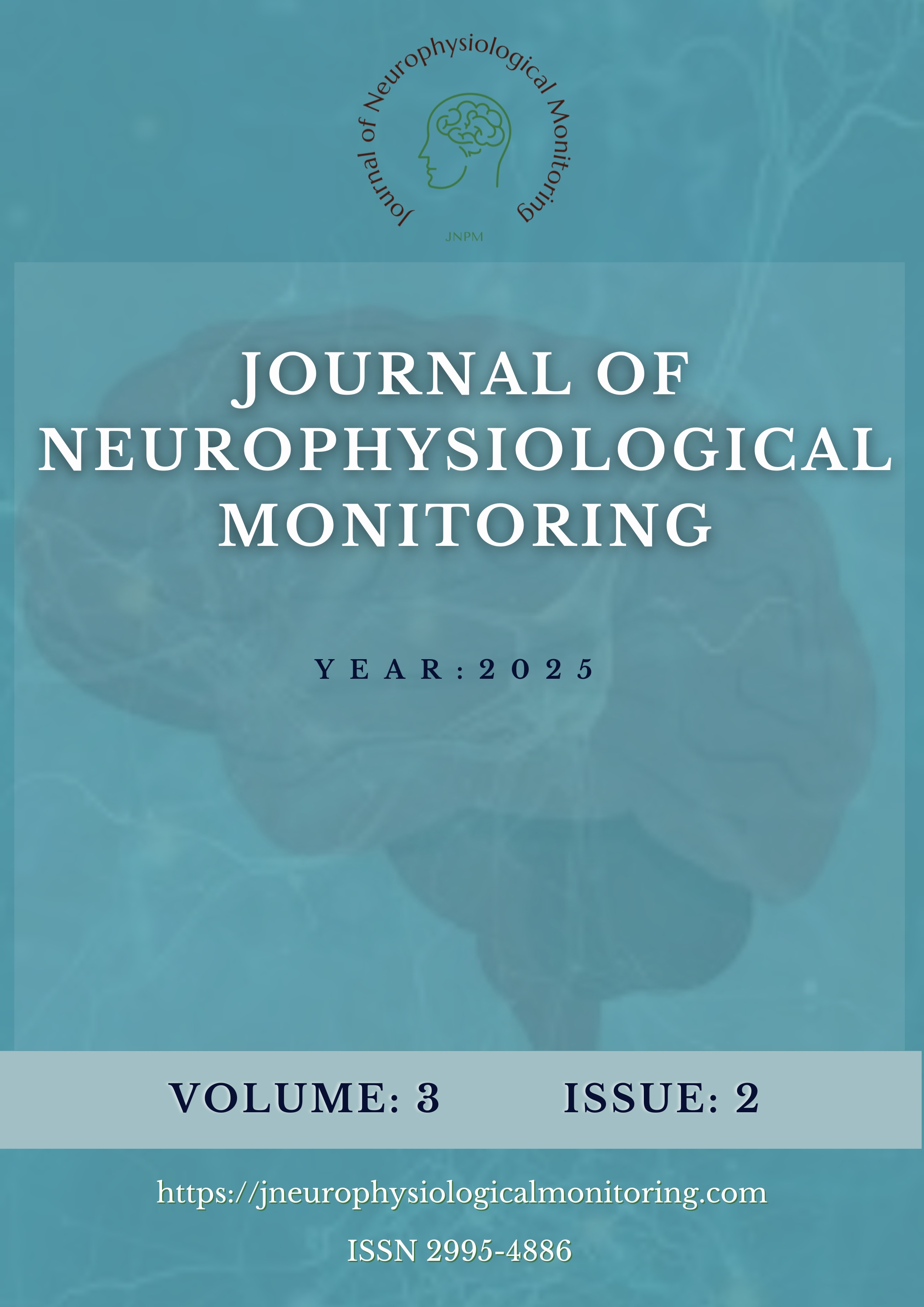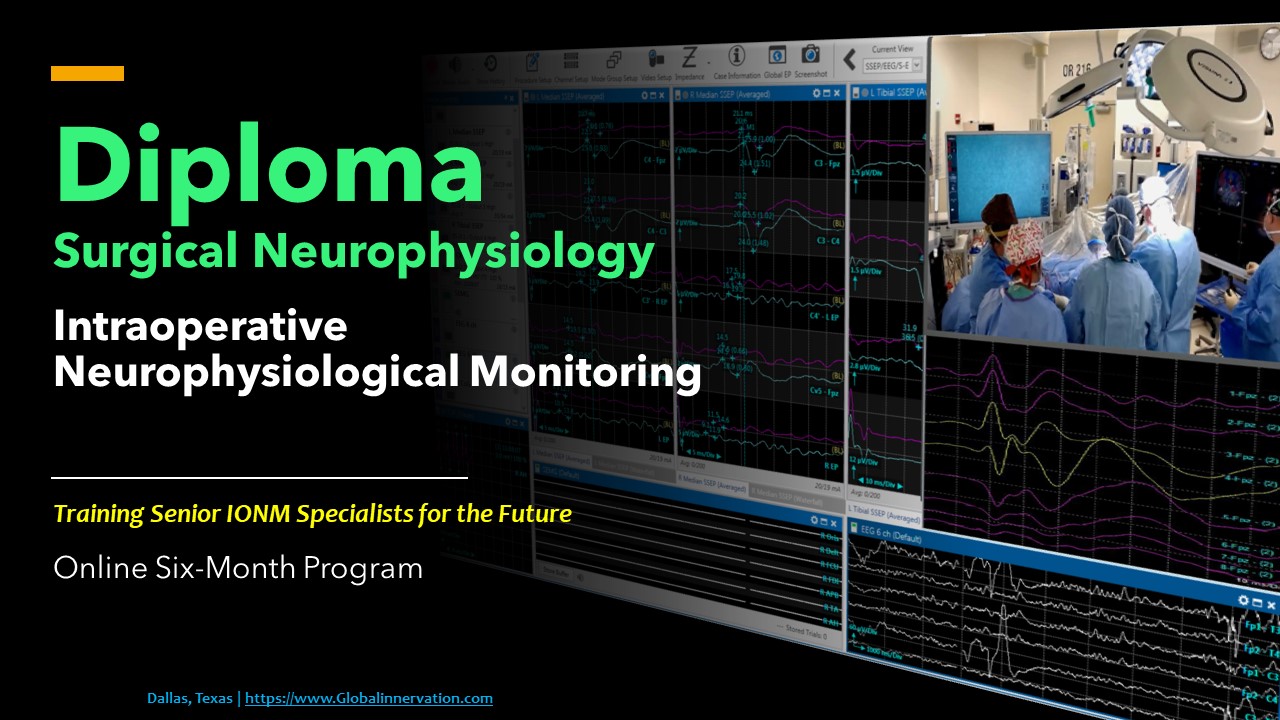Applications of Fiber Photometry in Social Behavior, Addiction, and Mood Affect Research: A Literature Review
DOI:
https://doi.org/10.5281/zenodo.15264490Keywords:
Fiber Photometry, Addiction, Social Behavior, Mood Affect, DopamineAbstract
Fiber photometry is an exciting technique developed in the early 2000s to record neural activity in awake, behaving subjects. This technology utilizes components similar to optogenetics, such as fiber optic implants and fluorescent biosensors. Still, it offers an alternative approach to understanding neural populations and circuitry- to record rather than manipulate. Additionally, fiber photometry resembles two-photon microscopy and miniscopes as all three were originally developed to use calcium imaging. However, fiber photometry has the added benefit of recording in freely moving animals and images at deeper brain regions, respectively. With these unique characteristics, fiber photometry has caught the interest of several fields of study, including social behavior, addiction, and mood affect, each of which has adapted this technique to fit their needs. Some key adaptations include the creation of new biosensors (i.e., dopamine, serotonin, norepinephrine), transgenic animal lines (i.e., cre-lox), and complex recording paradigms (i.e., fiber photometry in tandem with optogenetics and/or chemogenetics). Fiber photometry builds upon existing electrophysiological techniques and offers a powerful method to validate previously reported results or yield novel results. To this end, this technique has transformed how researchers study the brain and its activity preceding, during, or following behavioral events.
Downloads
Published
How to Cite
Issue
Section
License
Copyright (c) 2025 J of Neurophysiological Monitoring

This work is licensed under a Creative Commons Attribution 4.0 International License.





